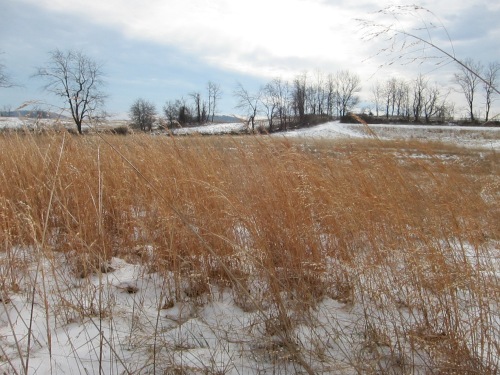
I found myself in Inwood Park at 6am this Saturday for a workshop, and the world was a different color. There was evidence of the storm, too: huge old trees had toppled from the hillsides, exposing bird nests and the canopies of trees previously only known to the sky and the high winds. It was cold on the water and when we witnessed the politics of the geese in formation, I felt a sort of unearthly alertness, a post-shivering sense of everything.

We were asked to interact with our environment, and so we ran to keep warm in the great field before ascending into the forest to discover remnants of old things: glass bottle shards, fire hydrants, stone walls. The whole park was formed by earthquake faults and the effects of a slow-moving glacier, and so there are exposed rocks with the remnants of swirling water in the form of pools, and classified rock formations with poetic names: Fordham Gneiss, Inwood Marble, Manhattan Schist.
The park is haunted by the history of New York. There are oyster shells and remnants of fire pits. Landfill from subway construction shores up the ridges, and when the trains go by, they seem like some strange interloper from a different planet But of course, it is the world outside Inwood–that faraway place–that comprises our normal habitat, and the ghosts are different.












